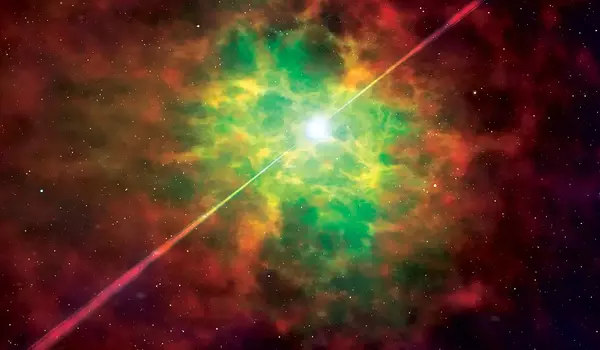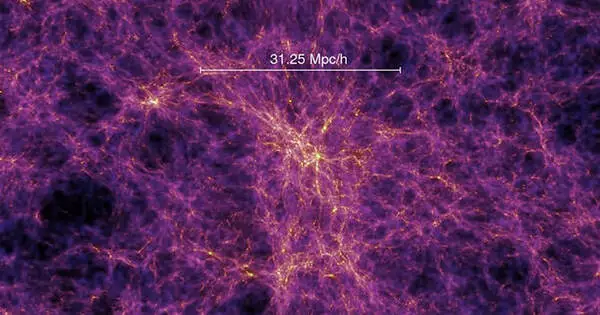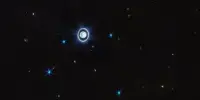One thing was fairly certain about the expansion of the universe in the early 1990s. It might have enough energy density to stop expanding and recollapse, or it might have so little energy density that it would never stop expanding, but gravity would undoubtedly slow the expansion over time. Although the slowing had not been observed, the universe had to slow theoretically.
The universe is dense with matter, and gravity’s attractive force draws all matter together. Then came 1998, and the Hubble Space Telescope (HST) observations of very distant supernovae revealed that the universe was expanding more slowly than it is now a long time ago. So the expansion of the universe has not been slowing due to gravity, as everyone thought, it has been accelerating. No one expected this, no one knew how to explain it. But something was causing it.
The bizarre quantum properties of black holes, including their mind-boggling ability to have different masses at the same time, have been confirmed by physicists at the University of Queensland.
A team of theoretical physicists led by Ph.D. candidate Joshua Foo at UQ ran calculations that revealed unexpected black hole quantum phenomena.
Our modelling showed that these superposed masses were, in fact, in certain determined bands or ratios as predicted by Bekenstein. We didn’t assume any such pattern going in, so the fact we found this evidence was quite surprising. The universe is revealing to us that it’s always more strange, mysterious and fascinating than most of us could have ever imagined.
Dr. Magdalena Zych
Mr. Foo described black holes as “an incredibly unique and fascinating feature of our universe.” “They form when gravity compresses a massive amount of matter into a tiny space, creating so much gravitational pull that even light cannot escape.”
“It’s a phenomenon that can be triggered by a dying star. But, until now, we haven’t deeply investigated whether black holes display some of the weird and wonderful behaviors of quantum physics. One such behavior is superposition, where particles on a quantum scale can exist in multiple states at the same time. This is most commonly illustrated by Schrödinger’s cat, which can be both dead and alive simultaneously.”
“But, for black holes, we wanted to see whether they could have wildly different masses at the same time, and it turns out they do. Imagine you’re both broad and tall, as well as short and skinny at the same time – it’s a situation which is intuitively confusing since we’re anchored in the world of traditional physics. But this is reality for quantum black holes.”

To demonstrate this, the researchers created a mathematical framework that allows us to “place” a particle outside of a theoretical mass-superposed black hole. Mass was specifically examined because it is a distinguishing feature of a black hole and it is possible that quantum black holes would naturally have mass superposition.
Dr. Magdalena Zych, a research co-supervisor, stated that the findings support earlier quantum physics hypotheses.
“Our work shows that the very early theories of Jacob Bekenstein – an American and Israeli theoretical physicist who made fundamental contributions to the foundation of black hole thermodynamics – were on the money,” she said.
“He postulated that black holes can only have masses that are of certain values, that is, they must fall within certain bands or ratios – this is how energy levels of an atom works, for example.
“Our modelling showed that these superposed masses were, in fact, in certain determined bands or ratios as predicted by Bekenstein. We didn’t assume any such pattern going in, so the fact we found this evidence was quite surprising. The universe is revealing to us that it’s always more strange, mysterious and fascinating than most of us could have ever imagined.”
















